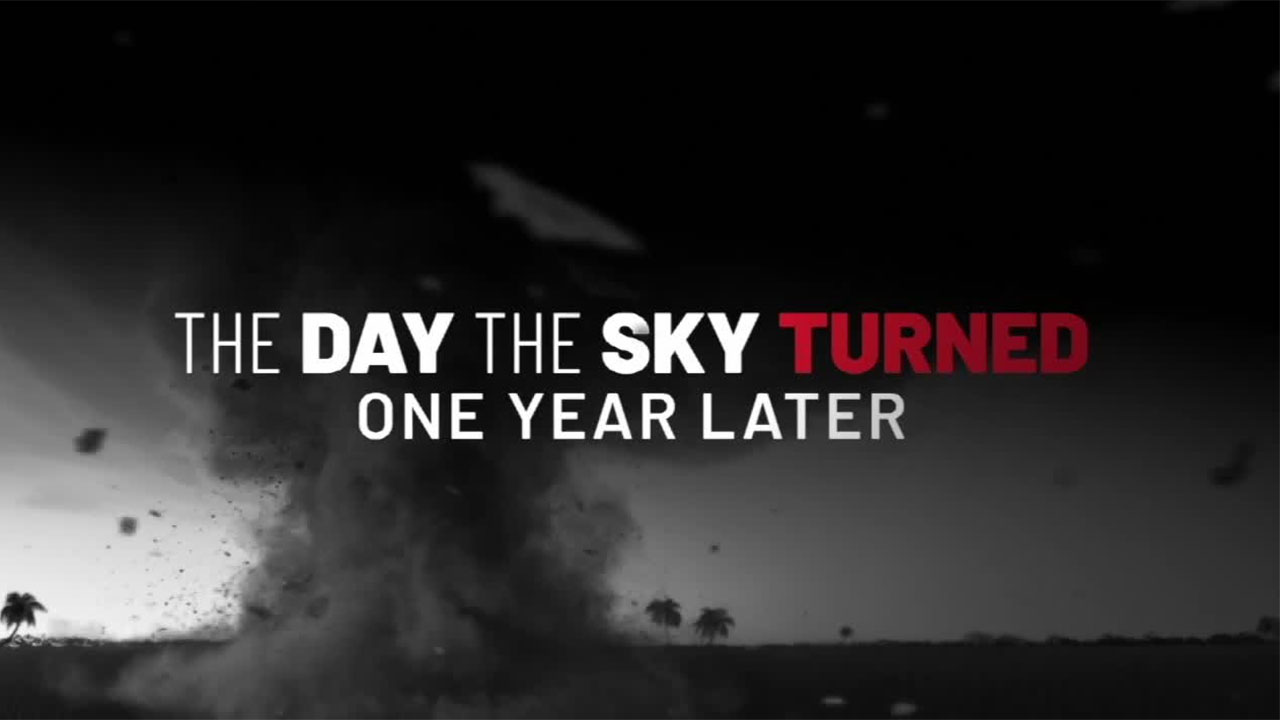PALM BEACH COUNTY, Fla. — A new law bans companies and people from modifying the weather in Florida, including cloud seeding.
On July 1, Senate Bill 56 officially became law in Florida— banning the release of chemicals and other substances into the atmosphere for the purpose of altering factors like temperature, weather, climate or sunlight intensity.
WATCH: How does cloud seeding work?
While NOAA does not fund or participate in cloud seeding or other weather modification projects, the Weather Modification Reporting Act of 1972 requires anyone who intends to engage in weather modification in the U.S. to provide a report to NOAA at least ten days prior to the activity.
Looking through the NOAA database to see if Florida's weather has been modified recently, the closest we could find was near the Gulf coastline. Rainmaker Technology Corporation filed a precipitation enhancement project back in January.
"Rainmaker is a next-generation cloud seeding and precipitation company. We fly drones into clouds to disperse material that induces precipitation to mitigate drought, wildfire risk, enhance water supply for farms, utilities, and governments," said Augustus Doricko, CEO of Rainmaker.
He tells us while they don't have an operational program in Florida, his goal is to regulate and safely increase water supply at the discretion of the state, and potential customers like farms.
"I just care about there being enough water. I just care about our country having like the best technology for agriculture and for its industry and even as of the last few years because we’ve proven that it works."

State
Bill banning weather manipulation clears Senate
Doricko explained that while many are concerned about flooding from "man-made rain," it only produces up to a few centimeters of rain— which would be very hard to flood a place with cloud seeding alone.
To find out if there are any known long-term effects of cloud seeding, we talked to Yijie Zhu, an assistant professor with FAU's geosciences department.
"Releasing particles into the atmosphere is always been a debate whether is long term or short term. In short term, it’s fine, but if you constantly release a lot of things into the atmosphere... We don’t have the records long-term,” said Zhu.
WPTV asked, "So, basically in order for us to see long-term effects you need to have this going on for a long period of time and using a lot of material to actually figure out if there is a long-term impact?"
Zhu: “Yes, and that will cost. If we realize that it’s a negative impact, then it’s too late to stop. That means it’s already been there for a long period.”
Zhu explained, when you are modifying the weather to make it rain in one place, you are also changing where it won't rain.
“A lot of studies focus on just one small region, but they also need to study the surrounding regions to see if whether modification changes the rate of a surrounding. Are they getting less because (they) modified that rainfall amount in region A? Does it mean we see a lot of decrease in rainfall in region B or C?”
Zhu says weather modification can also create challenges for future research on climate.
Florida is now the second state, behind Tennessee, to ban certain weather modification activities.





